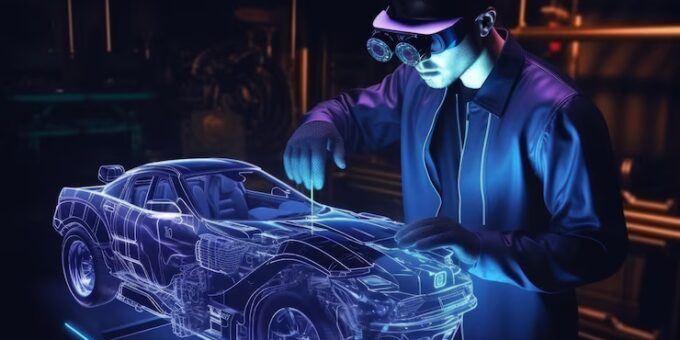
Intorduction
When it comes to forced induction, two dominant technologies reign supreme: turbochargers and superchargers. Both dramatically increase horsepower and torque, but they work in very different ways. Whether you’re building a drag monster, a track weapon, or just a powerful daily driver, choosing the right forced induction system can make or break your build.
In this 3,000-word guide, we’ll break down:
✔ How turbos and superchargers work
✔ Power delivery differences (lag vs. instant boost)
✔ Installation complexity & cost
✔ Reliability & maintenance
✔ Best applications for each (street, track, drag, drift)
By the end, you’ll know exactly which forced induction system fits your goals, budget, and driving style.
1. How Turbochargers Work
A turbocharger uses exhaust gases to spin a turbine, which then compresses air into the engine. This means:
-
No direct engine power drain (unlike superchargers)
-
More efficient at high RPMs
-
Produces “turbo lag” (delay in boost)
Pros of Turbocharging
✅ Better fuel efficiency (when off boost)
✅ Higher peak power potential (ideal for high-RPM builds)
✅ More tunable (boost controllers, variable geometry turbos)
✅ Easier to upgrade (big turbo swaps common)
Cons of Turbocharging
❌ Turbo lag (especially with large turbos)
❌ Complex exhaust routing (more piping, intercooler needed)
❌ Heat soak issues (requires proper cooling)
Best For:
-
High-revving engines (Honda K-series, BMW N54/N55)
-
Fuel-efficient performance (modern EcoBoost, TSI engines)
-
Tuners who want scalability (upgrading turbos later)
2. How Superchargers Work
A supercharger is belt-driven by the engine, meaning it provides instant boost but consumes some horsepower to operate. Types include:
-
Roots blowers (classic muscle car whine)
-
Twin-screw (more efficient, less parasitic loss)
-
Centrifugal (acts like a turbo but belt-driven)
Pros of Supercharging
✅ Instant throttle response (no lag)
✅ Linear power delivery (easier to control)
✅ Simpler installation (no exhaust modifications)
✅ Iconic supercharger whine (muscle car sound)
Cons of Supercharging
❌ Parasitic power loss (robs some engine power)
❌ Less efficient at high RPMs
❌ Limited by engine speed (boost scales with RPM)
Best For:
-
Low-end torque monsters (V8 muscle cars, trucks)
-
Drift & autocross cars (predictable power delivery)
-
Those who hate turbo lag (instant boost lovers)
3. Turbo vs. Supercharger: Key Differences
| Feature | Turbocharger | Supercharger |
|---|---|---|
| Power Source | Exhaust gases | Engine crankshaft (belt-driven) |
| Boost Lag | Yes (varies by turbo size) | No (instant response) |
| Efficiency | More efficient (less parasitic loss) | Less efficient (uses engine power) |
| Peak Power | Higher potential (better for top-end) | Strong low-end/mid-range |
| Installation | Complex (exhaust, intercooler needed) | Simpler (bolts to intake) |
| Sound | Turbo spool/whistle | Supercharger whine |
| Cost | $1,500-$5,000+ | $2,000-$6,000+ |
4. Which One Should You Choose?
Pick a Turbocharger If You Want…
🔹 Maximum high-RPM power (track builds, high-revving engines)
🔹 Fuel efficiency when cruising (daily drivers with occasional fun)
🔹 Future upgradability (big turbo swaps, hybrid turbos)
Pick a Supercharger If You Want…
🔹 Instant throttle response (drag racing, drifting)
🔹 Classic muscle car feel & sound (Mustangs, Camaros, Hellcats)
🔹 Simpler installation (no exhaust modifications)
5. Hybrid Solutions: Twin-Charging & Electric Boost
Some high-end builds use both a turbo and supercharger (Volvo T6, Nissan March Super Turbo). Newer tech includes electric superchargers (Audi SQ7, 48V systems) that eliminate lag entirely.
6. Maintenance & Reliability
-
Turbos need oil cooling & frequent checks (leaks, shaft play)
-
Superchargers require belt maintenance & occasional rebuilds
-
Both benefit from upgraded fueling & tuning
Conclusion
✅ Turbocharging = Efficiency + High-End Power (Best for tuners & track cars)
✅ Supercharging = Instant Throttle + Low-End Torque (Best for drag & muscle cars)
Which one fits your ride? Drop a comment below!